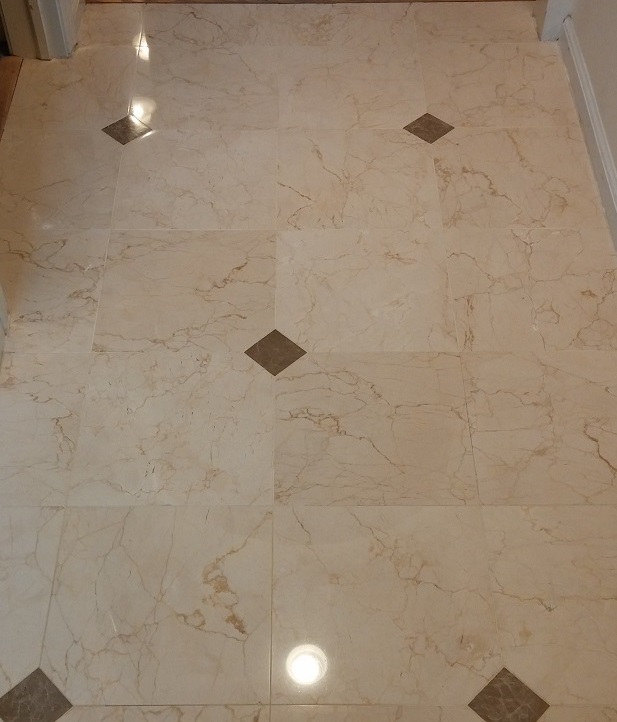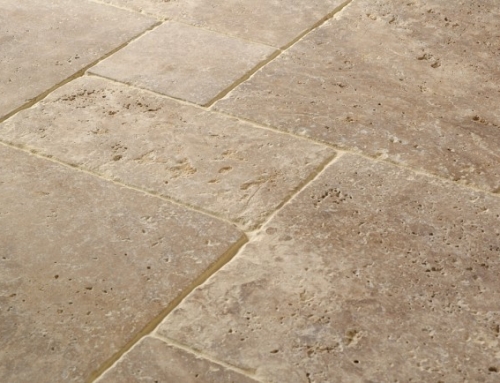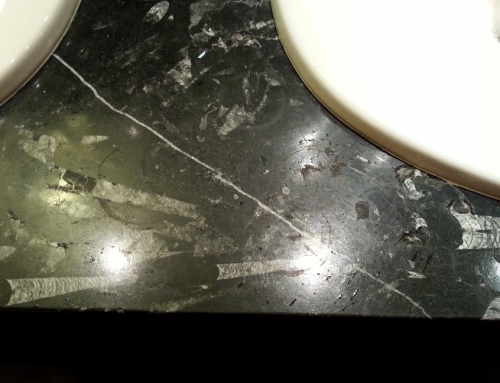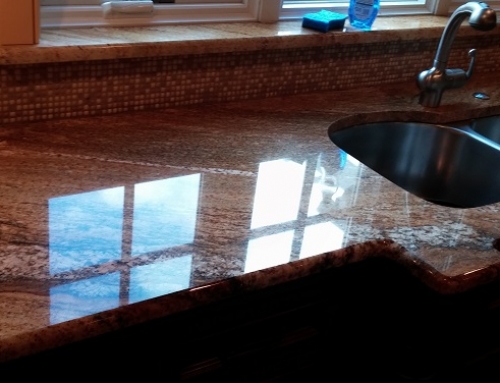Tile grout acts like a mortar that binds tiles together, but it also keeps moisture out and helps ensure the tiles stay a certain distance apart. A variety of grouts are available, but all can be classified as sanded or unsanded. The right choice for your tile depends on the type of tiles you are installing and the size of the joint between them.
Unsanded grout should be used in joints that are less than 1/8″ wide, and sanded grout should be used for flooring and wall tile joints wider than 1/8″ because it resists shrinkage and cracking. While the size of the tile joint usually dictates which type of grout to use, sometimes the type of tile is the deciding factor. For example, unsanded grout is recommended for highly polished, easily scratched tiles such as marble or granite because the aggregate in sanded grouts may damage these types of tiles. Over time, the exposed sand at the surface of the grout may loosen from the surface, and the sand may actually scratch the stone.
If you are installing new tile, always consider both the size of the joint between tiles as well as the tile type. Without considering both, your newly installed grout may crack or fall out over time, or your polished natural stone may become damaged by loose sand. If your floor has already been installed and you are having grout or tile issues, call the experts at The Marble Restoration Company to help repair the damage.
For additional care tips for your marble, granite, travertine, terrazzo or other natural stone and grout, please visit our Care Tips page! If you have additional questions or would like to schedule a free estimate with one of our stone care experts, please contact us today!






